Energy is a key factor in combating climate change, one of the biggest challenges the world is facing today. India has committed to cutting emissions to net zero by 2070 and set ambitious targets for adopting renewable energy. Achieving these targets requires careful planning and an overhaul of our current energy system.
Our work aims at enabling policies that encourage the adoption of rooftop solar, facilitate the development of technology for energy storage, strengthen the grid and transmission infrastructure, advance hydrogen technologies, and promote green mobility. CSTEP's research looks at the various aspects of mainstreaming renewable energy for a cleaner, greener energy sector.
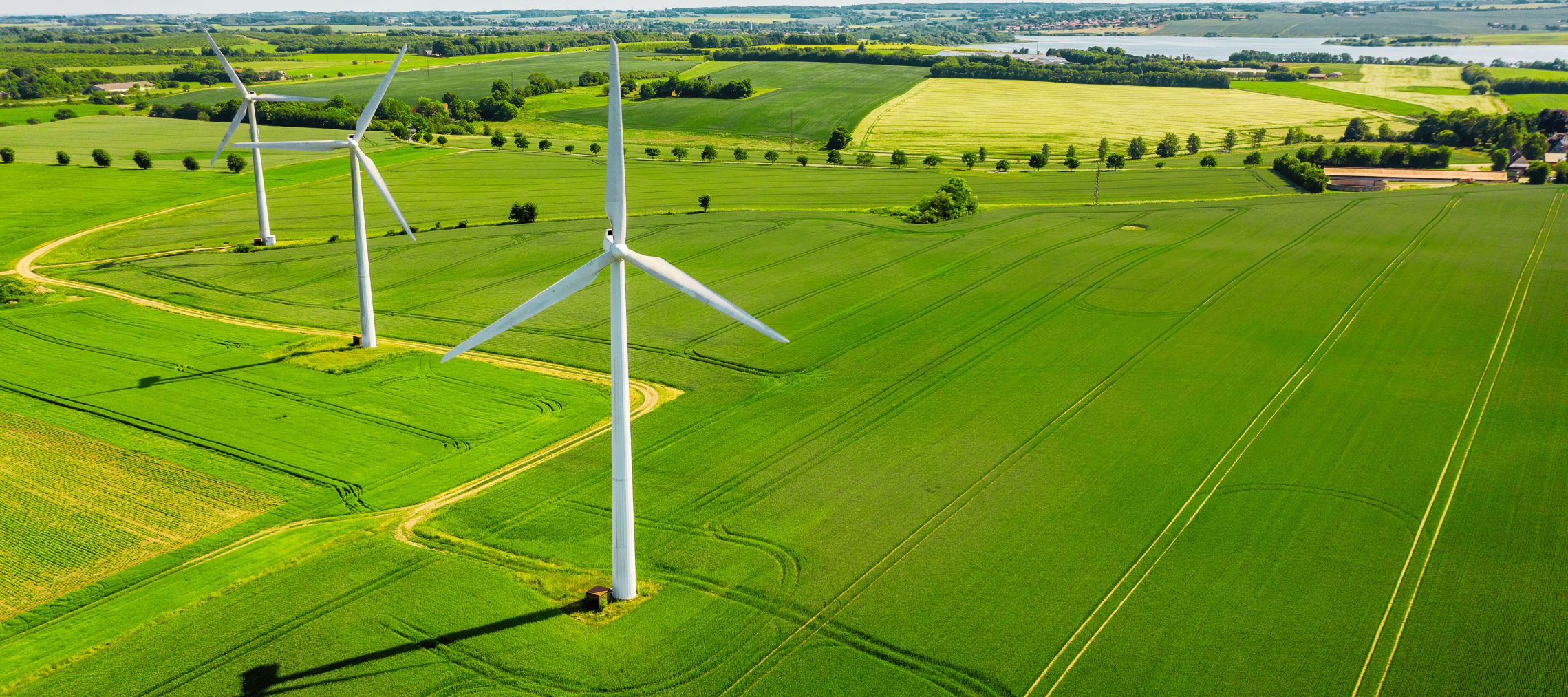
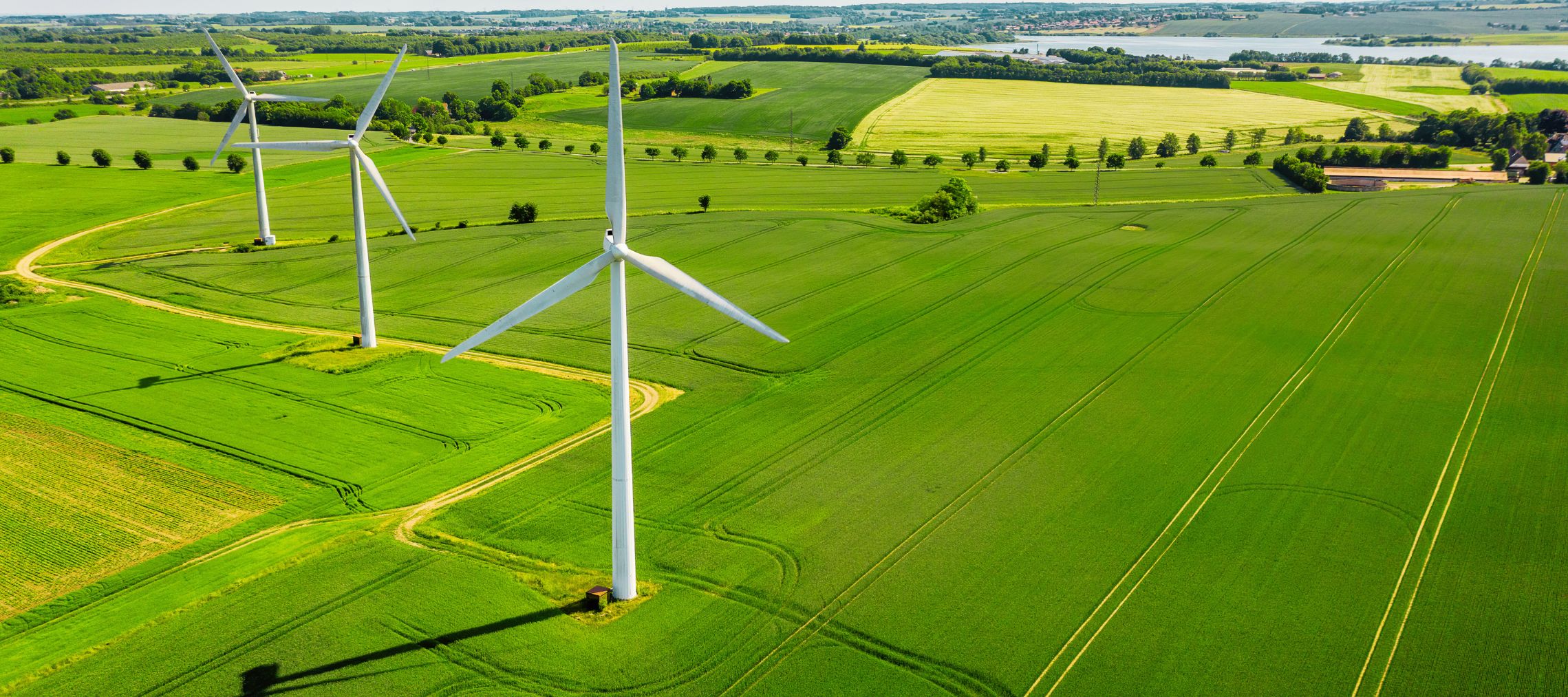

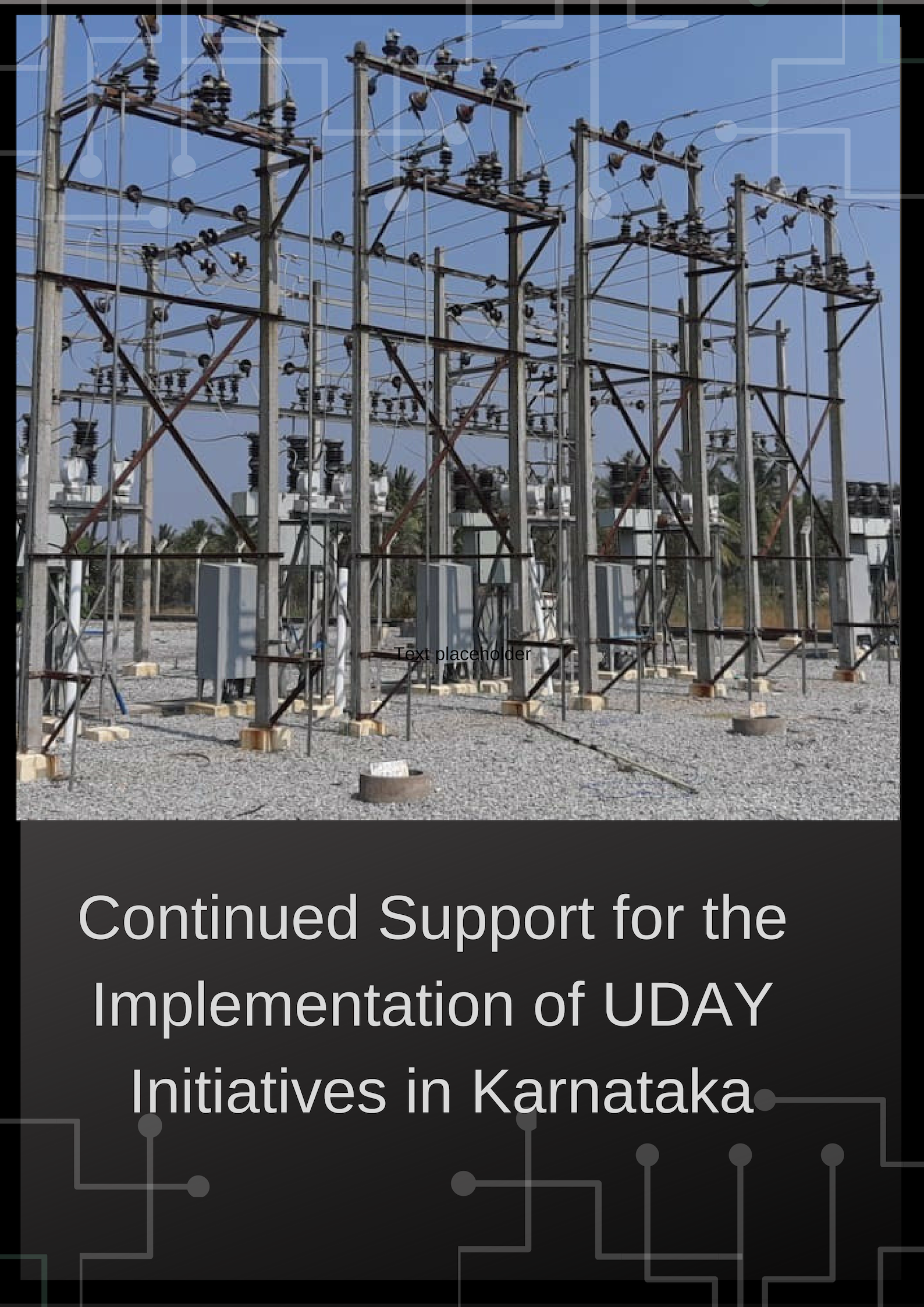
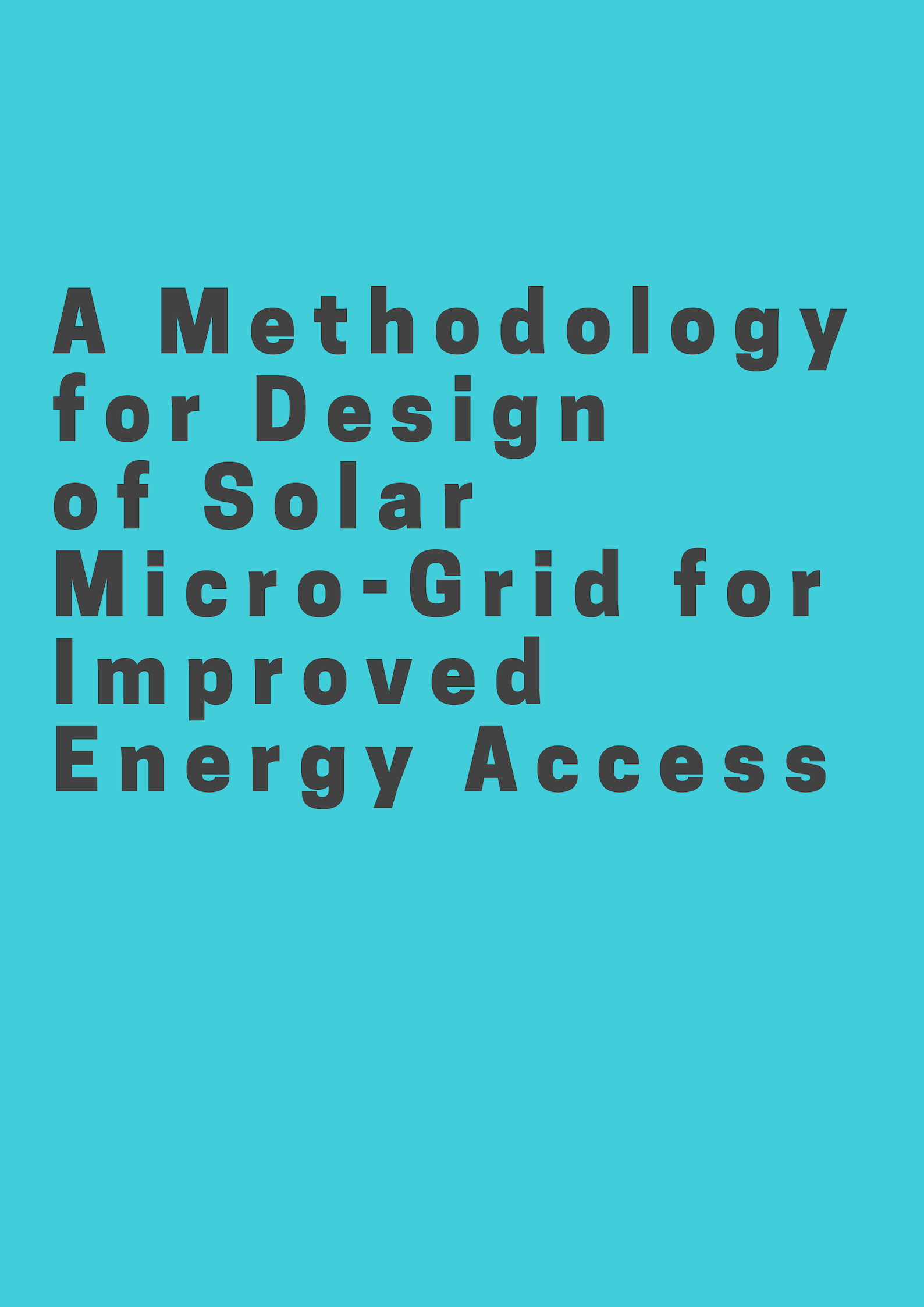
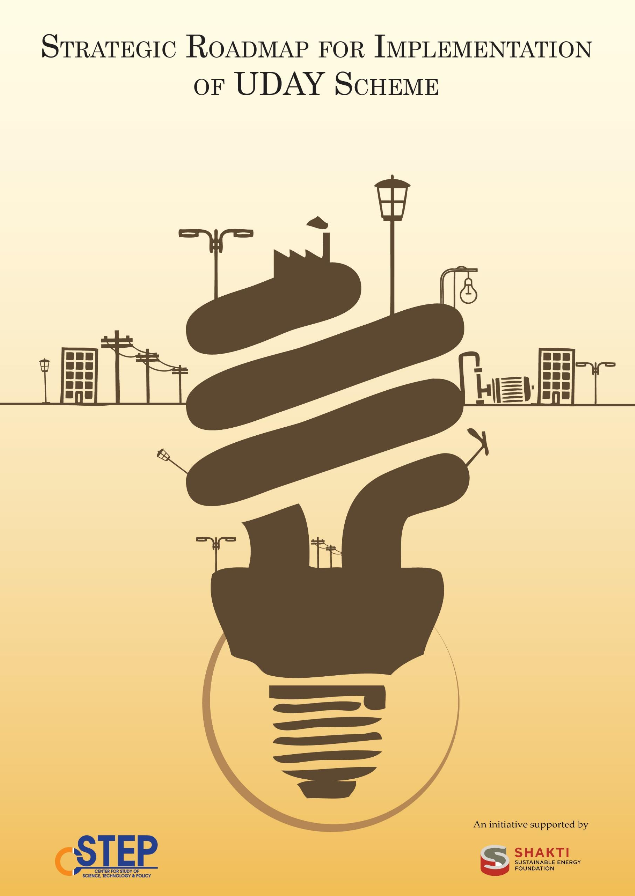
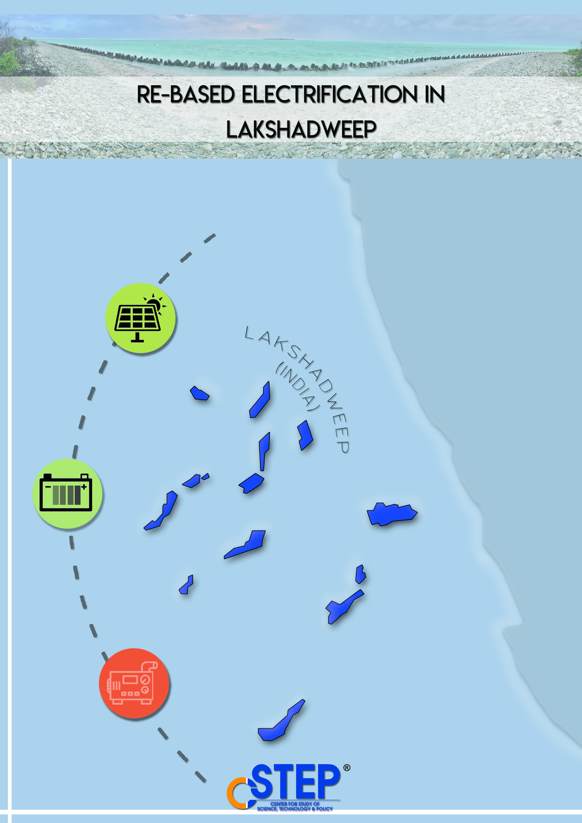
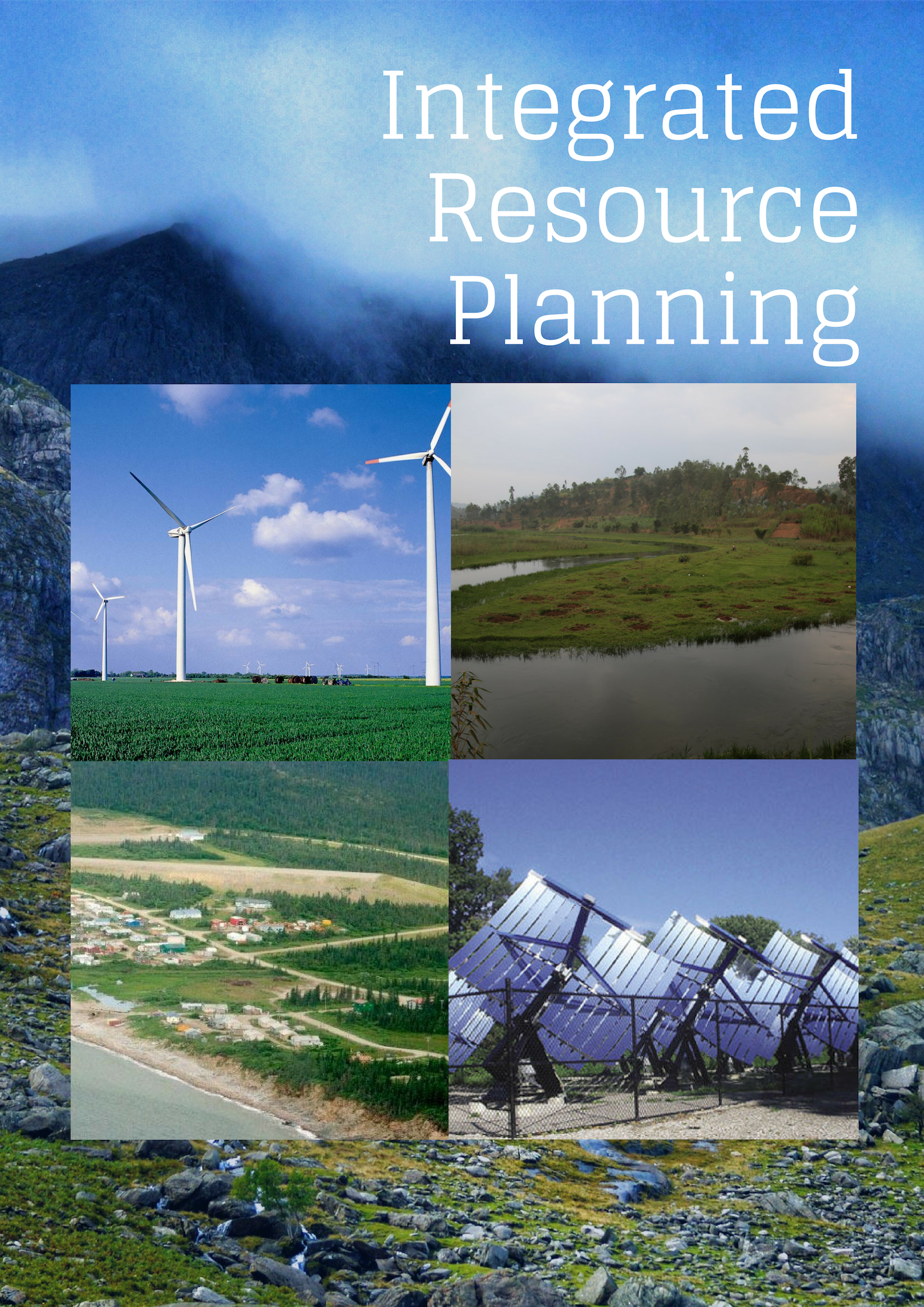
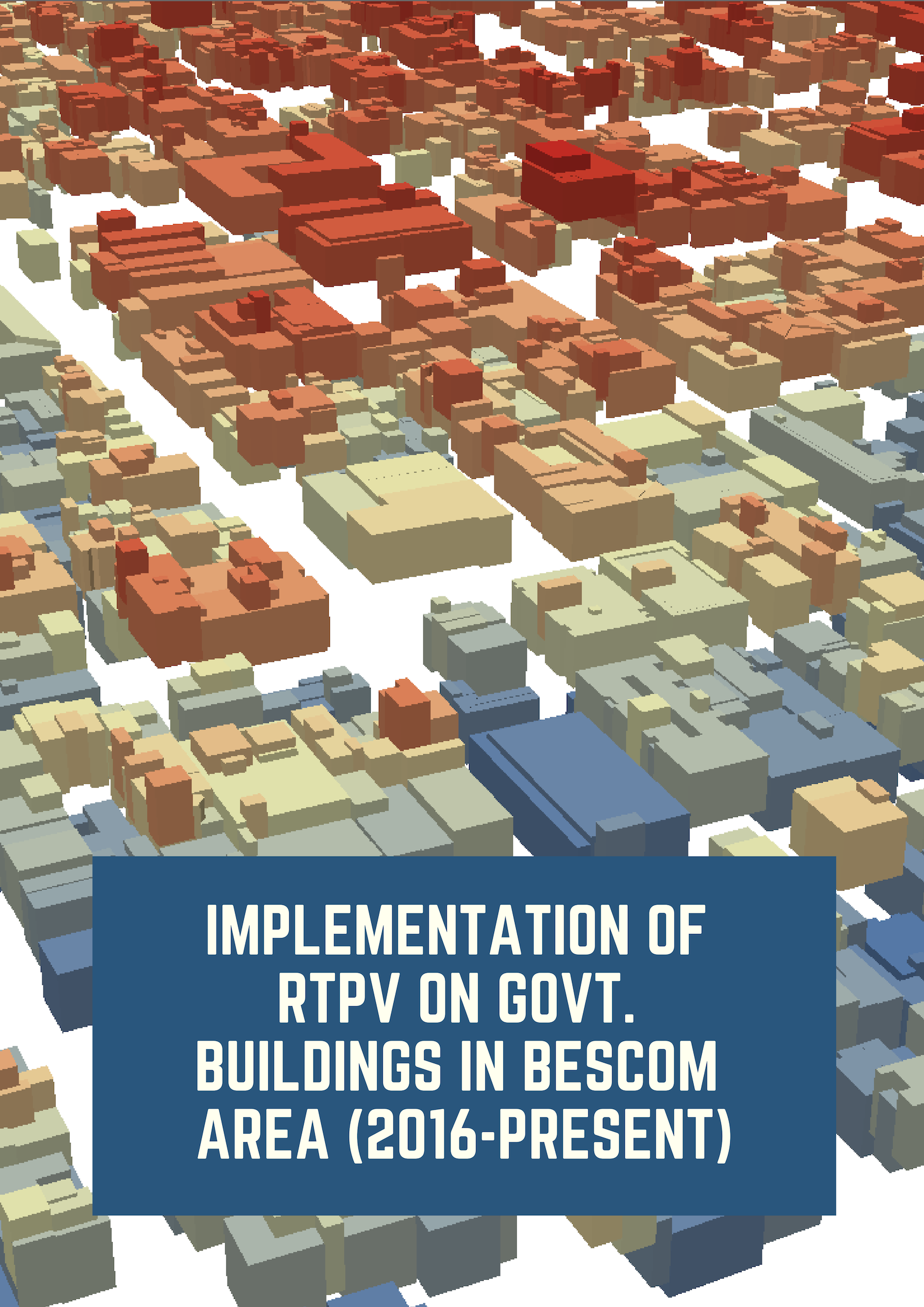
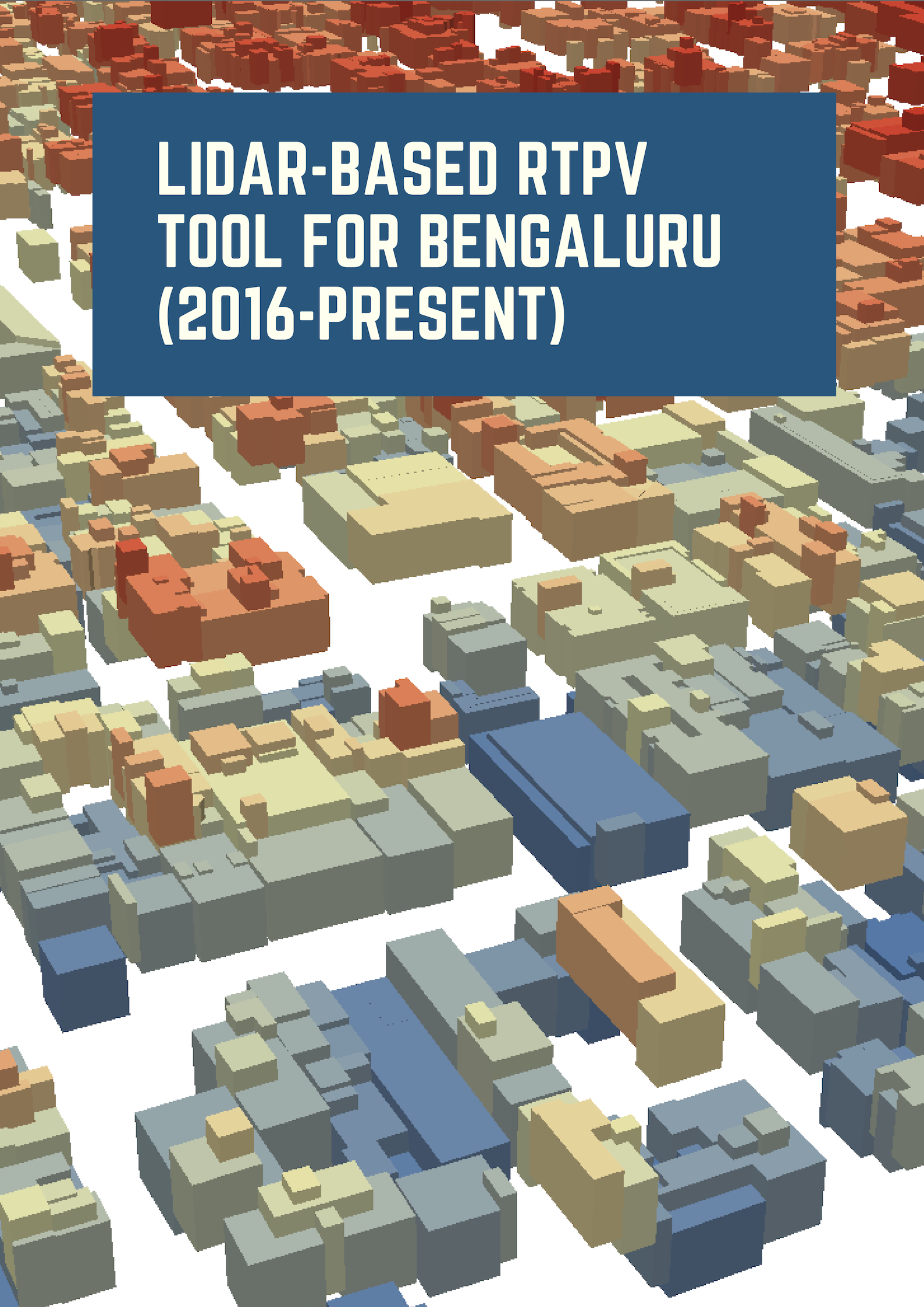

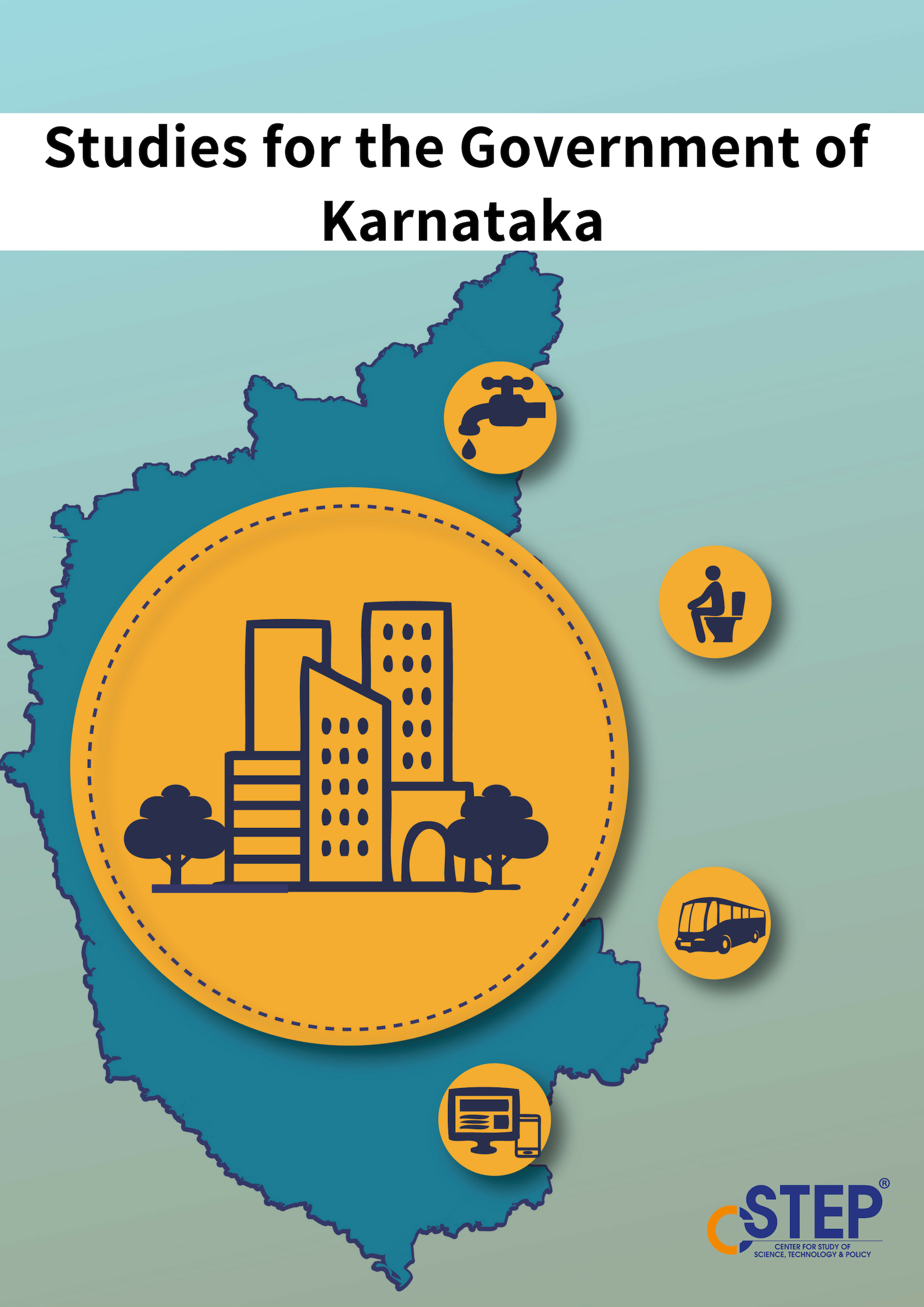

Leveraging energy efficiency pathways for the sustainable design of appliances, buildings and ICT products
In this paper, we present experimental results on specific energy consumption (SEC) in a number of manufacturing processes.
India's Quest for Energy Security
There are no easy answers to India's quest for energy security with environmental sustainability. The electric power sector appears to be more manageable, given India's thrust in nuclear power. The coming decades might see large additions in nuclear power generation capacity without
significantly increasing the CO2 emissions. The Indo-US nuclear agreement provides an opportunity to import LWRs and gives India time to commercialize the FBR and thorium-based reactors. At the same time, it will help to reduce India's dependence on coal to some extent.
How Did China Become the Largest Solar PV Manufacturing Country?
Addressing the challenges of RE manufacturing in India: Horizon 2032
Redesigning the National Solar Mission for Rural India
The success of the Jawaharlal Nehru National Solar Mission depends on certain critical features – the subsidy structure, the role of standardised systems and institutional models of delivery As the actual costs of small systems are considerably higher, on a per watt basis, than the benchmark costs assumed for the subsidy, smaller systems that are within the reach of the rural poor receive lower subsidies than larger systems.
Scoping technology options for India’s oil security: Part II – Coal to liquids and bio-diesel
India's diesel consumption is several times that of petrol In this article, we examine two options for meeting India's diesel demand: coal to liquids and bio-diesel Coal gasification, followed by Fischer-Tropsch (FT) synthesis offers an opportunity for large-scale production of diesel as proven by South Africa, and now being attempted by China and Qatar. India could consider this option given its large coal reserves.
A Statistical Model for Wind Power on the Basis of Ramp Analysis
Due to stochastic nature of wind distribution, wind power output comes with unscheduled changes called ramp events. In this paper, a semi-analytical approach is considered to analyze the distribution of ramp events. A simple empirical equation is derived based on the probability of wind ramp events considering the stochastic nature of wind power distribution for the Indian state of Karnataka.
An Empirical Model of Power Curve of a Wind Turbine
The power curve of a wind turbine grows exponentially as a function of wind-velocity if the measured wind-velocity varies between the cut-in velocity and the rated velocity In this study, we propose an empirical, two-parameter explicit model of the power curve for a wind turbine.
Harnessing Solar Energy: Options for India
The overall goal of the off-grid guidelines of the JNNSM is to achieve wider dissemination of solar
technology, and a generous capital subsidy of up to 90% is offered for rural applications Even so,
there are several bottlenecks to large-scale dissemination Primarily, the techno-economics,
financing and institutional mechanisms of several solar applications are not well understood
Therefore, these form a focus of this study In addition, this study looks at the Government of India’s
Analytical derivation of equivalent functional form of explicit J-V model of an illuminated solar cell from physics based implicit model
Recently a simple explicit model was introduced to represent the J–V characteristics of an illuminated solar cell with parasitic resistances and bias dependent photocurrent as j = (1 − vm)/(1 + αv), here the normalized voltage, v and normalized current density j can be represented as v = V/Voc and j = J/Jsc respectively, whereVoc is the open circuit voltage and Jsc is the short circuit current density. The model is an equivalent rational function form and useful for design, characterization and calculation of maximum power point voltage.
Resource Variations and Resultant Tariffs for On-shore Wind potential in Karnataka
This paper aims to inform the tariff setting process for wind resource in Karnataka, so that investments in wind infrastructure can be incentivized taking into consideration resource variations. This work presents a range of levelized tariffs for the on-shore wind potential of the state. The range is a result of the variation in capacity utilization factors estimated for various classes of Wind Power Density (WPD) in the state, for waste and scrub forest land categories, at 80 m and 100 m hub heights.
